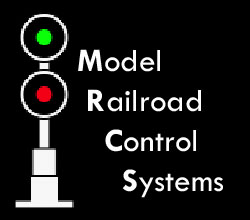Categories
Categories
Brands
Brands
Frequently Asked Questions
When should I buy Assembled and Tested as Opposed to Buying Bare Boards?
We recommend buying an evaluation copy or a small number (less than 10) of boards assembled and tested. Buying a board A&T ensures that it is working and saves you the time of assembling all the parts from multiple vendors and the cost of meeting multiple minimum orders and paying multiple shipping charges. Most of the parts we use are available in minimums of 10 or 100 and you pay a lot more for the parts in small quantities. We use a commercial assembly house and they are much faster than you (or us), so for small numbers the assembly labor won't be a big a number. For larger quantities, buying bare boards, or even having your own boards fabricated from our posted designs may make sense, say for a club project. Having your own boards fabricated makes sense if you wish to modify our designs (design files are generally posted on the product page), usually to use different connectors. Note that we do custom design and assembly work, contact us for a quote.
What do I need to do to Configure my cpNode?
The standard Sketch for the cpNode has 8 inputs and 8 outputs on the node itself. If you want a different configuration you need to download the sketch and modify the sketch as shown in the cpNode Technical Guide.
Open Source hardware designs are in the public domain, so anyone can use or modify the design. We have posted the designs of most of the boards on this site on the product pages, or at Seth's Github repository. We ask that you post the results of your design changes in the public domain, and pay it forward. By design we mean the EagleSoft CAD schematic and board files and the "gerber" CAD files so the board can be sent to a service bureau.
 Loading... Please wait...
Loading... Please wait... 